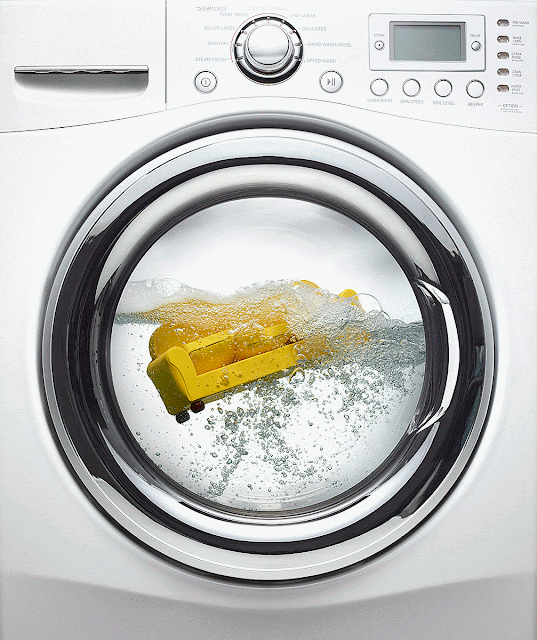Force measurement
What is a force?
In science, force is the push or pull on an object with mass that causes it to change velocity (to accelerate). Force is represented as a vector, which means it has both magnitude and direction.
According to Newtons 2nd law of motion
F = m·a
Where F = force, m = mass, and a = acceleration
Force measurement
- The most popular method for measuring force is using a strain gauge. We measure the strain developed due to force using strain gauges; and by multiplying the strain with the effective cross-sectional area and Young’s modulus of the material, we can obtain force.
- Load cells and Proving rings are two common methods for force measurement using strain gauges.
We will first discuss the principle of strain gauge and then go for the force measuring techniques. Let us now understand what is the strain?
What is the strain?
The strain is the amount of deformation of a body due to an applied force. More specifically, strain (e) is defined as the fractional change in length.
- Strain can be positive (tensile) or negative (compressive).
- Although dimensionless, strain is sometimes expressed in units such as in./in. or mm/mm.
- In practice, the magnitude of the measured strain is very small. Therefore, the strain is often expressed as microstrain (me), which is με = ε × 10-6
Poisson's Ratio
Poisson
Strain
causes
the girth of the bar, D, to contract in the transverse, or perpendicular, direction.
The
Poisson's Ratio (ν) of a material is defined as the negative ratio of the strain in the transverse direction (perpendicular to the
force) to the strain in the axial direction (parallel to the force).
The strain gage is one of the most popular types of transducer. It has got a wide range of applications. It can be used for the measurement of force, torque, pressure, acceleration, and many other parameters. Let us now understand the working of strain gauge.
Strain Gauge
It’s an elastic resistive transducer that converts mechanical elongations or compression (strain) to change in resistance.


- The metallic strain gauge consists of a very fine wire or, more commonly, metallic foil arranged in a grid pattern on an elastic backing or carrier.
- Operation principle: When strain is applied to a strain gauge, its dimension changes, thus changing the resistance of the strain gauge. The change in resistance is directly proportional to the subjected strain or force.
- A fundamental parameter of the strain gauge is its sensitivity to strain, expressed quantitatively as the gauge factor (GF).
Gauge Factor:
Let us consider a long straight metallic wire of length l, circular cross-section with diameter d. The resistance of the wire is given as
- The last term in the right-hand side of the above expression represents the change in resistivity of the material due to applied strain that occurs due to the piezo-resistance property of the material.
- In fact, all the elements in the right-hand side of the above equation are independent of the geometry of the wire, subjected to strain, but rather depend on the material property of the wire.
- Due to this reason, a term Gauge Factor is used to characterize the performance of a strain gage.
- The Gauge Factor is defined as:
- For normal metals the Poisson’s ratio υ varies in the range:
- While the piezo-resistance coefficient varies in the range:
- Thus, the Gauge Factor of metallic strain gages varies in the range of 1.8 to 2.6.
- However, the semiconductor type strain gages have a very large Gauge Factor, in the range of 100-150. This is attained due to the dominant piezo-resistance property of semiconductors.
- The commercially available strain gages have certain fixed resistance values, such as 120Ω, 350 Ω, 1000 Ω, etc.
- The manufacturer also specifies the Gage Factor and the maximum gage current to avoid self-heating (normally in the range 15 mA to 100 mA).
Metallic strain gauges
Most of the strain gages are metallic type.
- They can be of two types: unbonded and bonded.
- The unbonded strain gauge is normally used for measuring strain (or displacement) between a fixed and a moving structure by fixing four metallic wires in such a way so that two are in compression and two are in tension.
- On the other hand, in the bonded strain gauge, the element is fixed on a backing material, which is permanently fixed over a structure, whose strain has to be measured, with adhesive. The most commonly used bonded strain gages are metal foil type.












Comments
Post a Comment